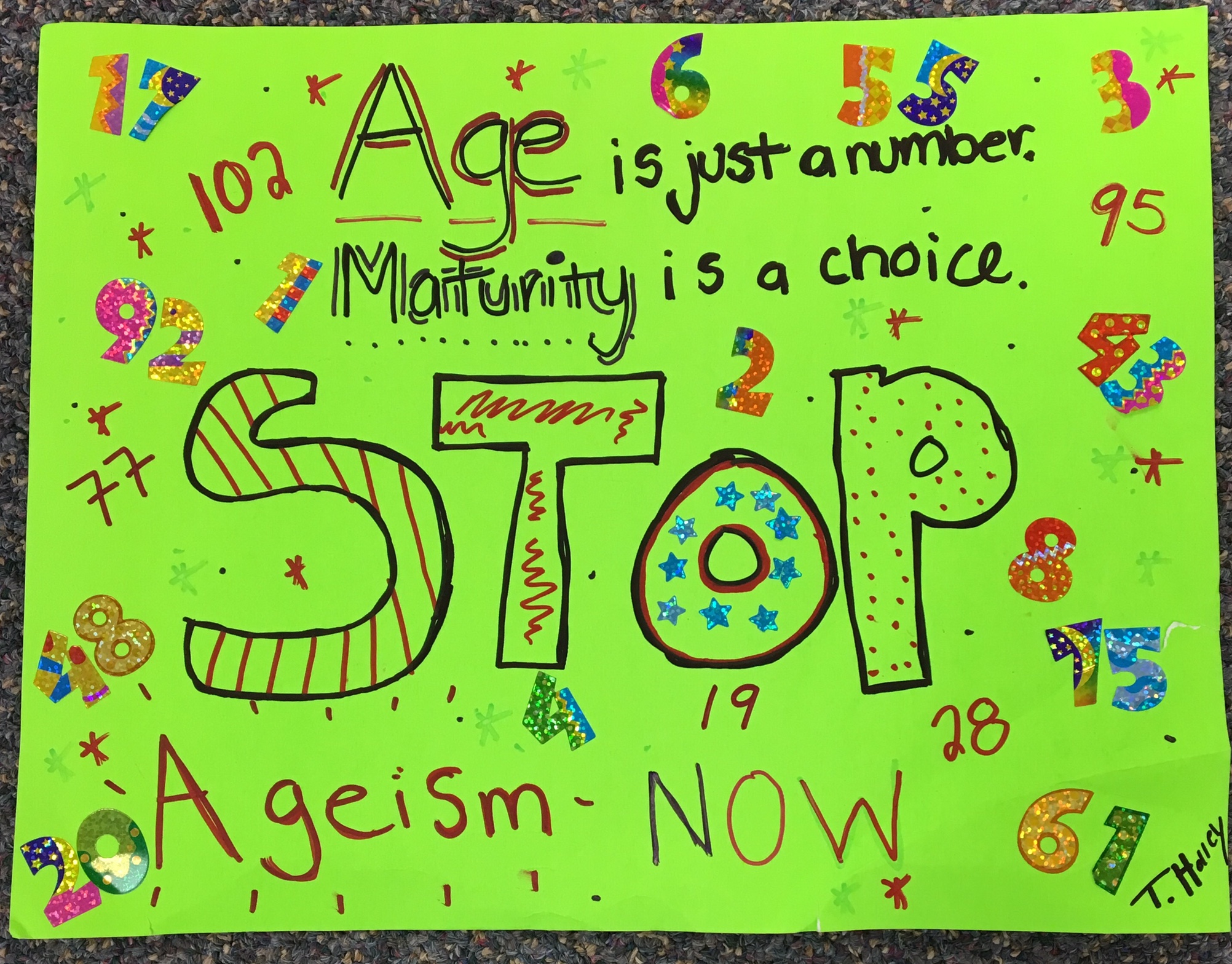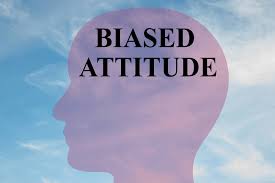More about the arguments often used to excuse age bias, continued from Part 1.
Straw man #3: People reject olders to avoid thinking about their own mortality.
Another rationale for gerontophobia (fear of aging and aversion to old people) is that olders are closer to death, and, well, who wants to go there? The dearth of meaningful rituals around death and dying in American culture doesn’t help. Compare it to Mexico, where the culture embraces death as part of life and celebrates the Day of the Dead as a time to honor and connect with those who have passed on.
Fear of dying is human; it’s why we have religion—and Mozart’s Requiem. Fear of aging, however, is cultural. Plenty of societies venerate their older members and keep them in community. It is an ageist world that conflates the two. It’s why bookstores have shelves labeled “Aging and Death,” and why you can get a graduate degree in “Older Adult/End of Life Care.” Yes, older people are reminders of mortality; our canoes are closer to the waterfall. But aging is a lifelong process: to age is to live and to live is to age. Dying, on the other hand, is a distinct biological event that happens only at the end of all that living, as anyone who has witnessed a death can attest. People may think I’m ancient, but they don’t think I’m dying.
The conflation of aging and dying also annoys Mike North, a professor at New York University who studies older workers and who provided the academic term for that conflation: mortality salience. It derives from a field called . . . wait for it . . . “terror management theory,” which asserts that fear of dying drives almost all human activity. North isn’t buying it. “How does mortality salience explain forcing 50-year-olds out of the job market?” he asks. Or bias against younger people? I’m not buying it either. Ageism cuts both ways, and aversion to confronting our mortality does not explain or justify it.
Straw man #4: Ageism isn’t as problematic as other “isms.”
What’s my least favorite rationale for giving ageism a pass? That discrimination against olders is somehow more excusable than other forms of prejudice: bias lite, as it were. The government declined to add age to race and sex as a protected category under the 1964 Civil Rights Act. The burden of proof is higher in age discrimination cases too.
Supreme Court Justice Sandra Day O’Connor set the age category apart from characteristics like race that are fixed at birth, “because all persons, if they live out their normal life spans, will experience [aging].” Ageism is different from other oppressions in that each of us will encounter it, and unique in that it changes over a lifetime: when we reach maturity, we move into age privilege, and we move out of it again in our later years. Those attributes don’t make it more problematic than other “isms”—or less so. All discrimination is wrong, and people facing any form of it deserve redress.
More importantly, trying to determine which prejudice does the most damage or which group is the worst off— getting sucked into the “oppression Olympics”—is counterproductive and divisive. This way of thinking keeps us from uniting against the structures and systems that benefit from all forms of prejudice.
“In pitting one ism against the other, we serve those in power. All isms are reprehensible,” says counselor and anti-ageism advocate L.C., who uses initials rather than a full name.
Nor are these oppressions the same or experienced equally. Ageism is different for people of color because they’re affected by other isms as well. L.C. continues, “As an African American woman I cannot divide myself into pieces.” Uncomfortable with the way a group of white cops were placing an older black man into an EMT truck, she asked them not to harm or kill him. “I was told to mind my business. They did not see their grandmother nor mother. They saw the color of my skin, without value in this society.”
Just as humans cannot be divided into pieces, neither should efforts towards a more equitable world for all. As the T-shirts say, none of us is free until all of us are free. It’s all one struggle.
A better world in which to grow old is also a better place to be female, be queer, to have a disability, to come from somewhere else.
Just as different forms of oppression intersect and reinforce each other, so do different forms of activism: when we chip away at any form of prejudice, we chip away at the ignorance and fear that underlie them all. Because aging is the one universal human experience, ageism is a perfect target for compound activism. Undoing ageism requires anti-ageists to join forces with other groups who are marginalized because of what they look like, how their bodies work, who they love, and how and where they grew up.
Building an intersectional and inclusive movement against ageism will take longer, but it’s the one I want to be part of. The movement that emerges will be stronger, more resilient, more radical, more sustainable and more joyful. It’s the way to eradicate ageism in all sectors of society.
Activism of any kind is more effective if it’s intergenerational. And only by coming together at all ages against all oppression will we create the more equitable world we all hope to live long enough to inhabit.



